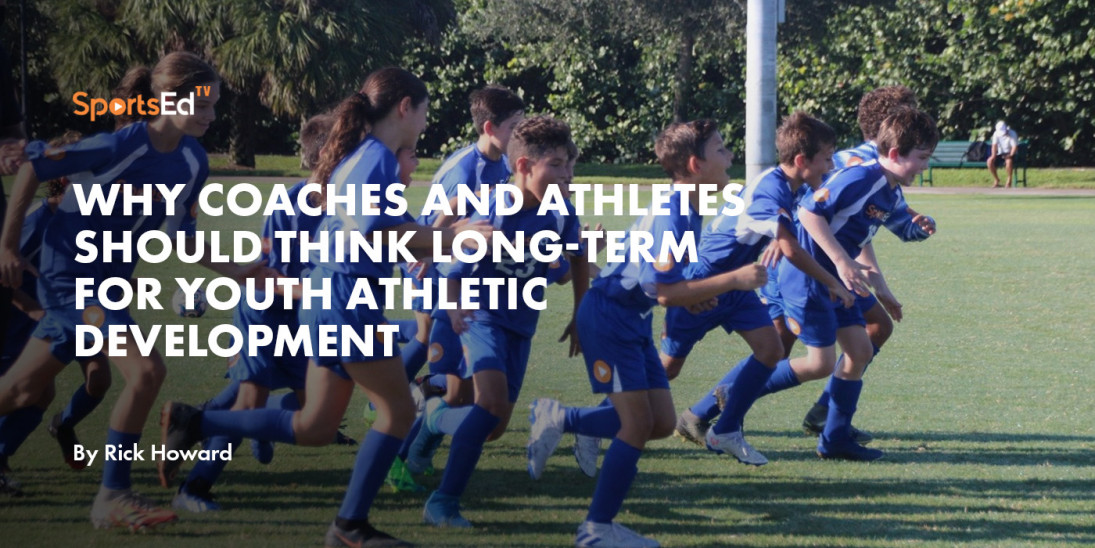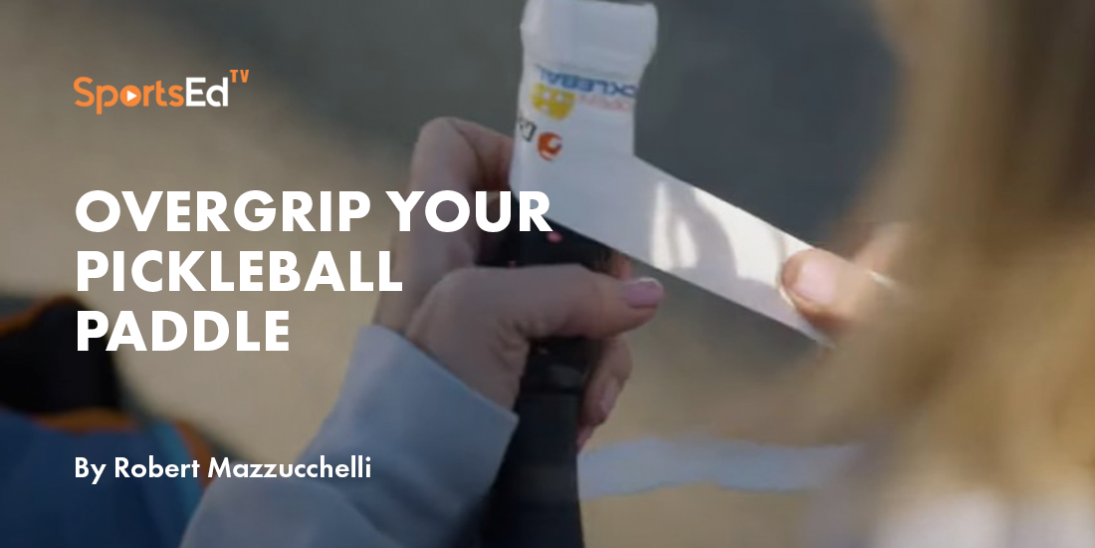Pickleball
Welcome and thanks for visiting...

Pickleball: Long-Term Athletic Development in Action
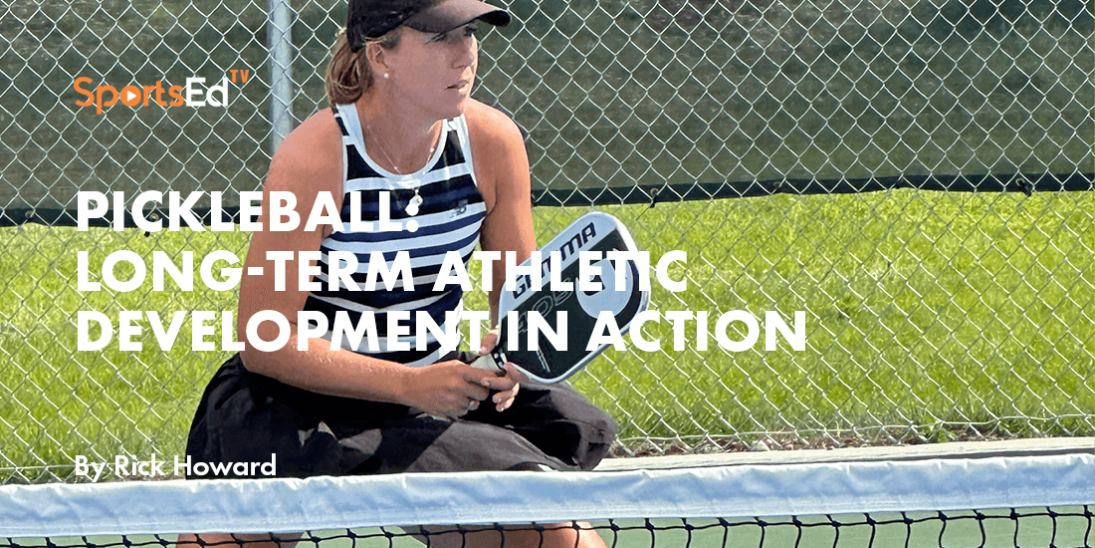
The Key to an Active Lifestyle
The best thing you can do for your physical and mental health, quality of life, and longevity is to be physically active.
The key is to discover how you like to move and build your activity plan around that. Begin early in life, if possible, and keep discovering. This should be the focus of embracing a physically active lifestyle.
The ability of pickleball to be an enjoyable movement that we can build our physical activity plan on, from early childhood to the oldest ages, is exciting and provides a wonderful example of how one sport can transcend age groups, skill levels, fitness levels, sex, and mental well-being. The continued growth and popularity of pickleball for people of all ages, sizes, and skill levels, positions the sport that provides fun, action, and social bonding to be a model program for cradle-to-grave benefit for all.
Pickleball Has the Ability to Match You Where You Are
In other words, pickleball is long-term athletic development (LTAD) in action. LTAD is a framework to support the long-term development (cradle-to-grave) of athletes of all sizes and abilities to increase lifelong participation in sports and physical activity.
Here’s how pickleball epitomizes the tenets of the LTAD framework by meeting each person where they are along their physical activity journey:
The health and well-being of the athlete is the central tenet of LTAD
Those who play pickleball are well aware of the physical and mental benefits of pickleball. In addition to the traditional measures of increased fitness and social interaction, pickleball contributes to health and well-being across the lifespan! While many of us relive our glory days of sports from our high school days (and then never played again), pickleball allows us the opportunity to play early in life, start later in life, or anywhere in between.
The fun continues to be the number one reason kids play sports- not adult measures of winning, trophies, or travel teams.
Fun, which can be looked at as the balance between challenge and success, is obvious in pickleball. Players can learn the game quickly, improve, and with the ever-growing number of participants, find other players at or near their skill and ability level. Coaches/pickleball partners can help one another continue to have fun by keeping training in the zone of proximal development, just outside our comfort zone, as that is where the magic (fun) happens. By building progressively on our skill in the sport, or simply enjoying the playing experience with friends and newcomers, pickleball gives us the freedom to choose at what level we want to participate. Now, that’s fun!
Muscle strength and motor skill development are inextricably linked and lead to confidence and confidence in ability and self-efficacy, which leads to lifetime physical activity
Hedrick and Graham outlined key reasons why improved strength of the lower body, upper body, and core are all important for better performance and reduced risk of injury in pickleball. Pickleball involves jumping, braking, multi-directional (forward, backward, lateral, rotational) movements, and changing speeds (fast, moderate, slow) as a regular part of the sport. Having the motor skills and muscle strength to build upon to perform these movements is ideal. Try to include the following patterns into your workout program: hinging, squatting, lunging, upper body pushing, upper body pulling, core bracing and rotating, carrying, and gait training. It might be a good idea to find a certified performance coach to get you started and read the Strength training for Pickleball and padel article for suggestions. Perhaps the training can be blended into your pickleball time so that you can efficiently train pretty much every system in the body within a social and competitive environment.
All of us are athletes on our own physical literacy journey
Athlete is not a term reserved only for elite athletes, and athleticism is the developmental goal which is defined as the “ability to repeatedly perform a range of movement skills with style, precision, and confidence in a variety of environments, which requires competent levels of strength, power, speed, agility, balance, coordination and energy.” Pickleball, with its unique equipment, rules, and structure provides participants the ability to be an athlete from their very first experience. Physical literacy is a multidimensional concept that includes motivation and confidence, physical competence, and the knowledge and understanding to be engaged in physical activity for life. Pickleball embodies this holistic foundation for physical activity engagement as all domains are addressed, not just for one segment of the population, but for all people of all ages and abilities.
Sport sampling, talent development, starting early, and training all fitness attributes are important to long-term success and health.
Athletes need to get in shape to play, not the other way around. A recent study showed that young athletes that played multidirectional sports like soccer and basketball (and pickleball) instead of unidirectional sports like track and cross country, had a better chance of building a thicker bone structure and avoiding bone-stress injuries such as stress reactions and fractures as adults.
Physical education and after-school activities need to be equitably provided
for all kids at all levels of ability. Intramurals are a great way to promote re-entry into the participation pathways. Activities such as pickleball can be included in physical education and as part of after-school physical activity. With reduced participation in youth sports overall, there is a need to get back to teaching the fundamentals of physical education and promoting after-school involvement in levels of sports participation to meet the needs of students in all grades. The research findings from The Aspen Institute Project Play reveal some interesting (albeit it at times, disappointing) data:
- Younger children played team sports at a historically low rate, but there is
- More children are returning to community-based
- Tennis and pickleball emerged as popular sports during COVID-19 (while sports participation decreased in general).

Competent practitioners are critical to long-term success in sports and physical activity
Coaching education for all coaches is imperative. Coaches, practitioners, and participants LTAD has three general stages- creating your path, finding your path, and growing your path. Each of us has our own path yet there are guiding principles for the journey. These principles include developing physical attributes, such as strength, motor skill development, agility, and balance; finding fun ways to demonstrate these physical attributes, such as through play, activity, and sports; and combining resistance exercise, an activity that includes free play and structured play, and group or team sports early in childhood and continues them as far as possible into your later years. Strategies for including pickleball for boys and girls of all ages may include:
Children- include pickleball as a fun activity for boys and girls. Parental participation is an excellent way to influence kids to continue to be physically active. Kids stop playing sports earlier than ever (age 11), an earlier age than many of their parents and grandparents were when they began playing organized sports. Consider pickleball as a fun game between sports seasons, as part of the annual sports program, and as adolescents- recognize that boys tend to like more competitive sports and girls tend to like individual sports, under which pickleball was classified in this study. Girls will reach physical maturity before boys, and attention must be paid to the growth spurt.
Children and adolescents collectively are referred to as youth. The Youth Physical Development Model gives coaches, practitioners, and parents excellent tips on which training aspects should be included at what age and stage (Spoiler Alert: all physical attributes, including motor skills, muscle strength, and agility, are trainable across childhood and adolescence). As the tables illustrate, there are sensitive periods of development for both boys and girls, which we need to include in our training programs. Pickleball provides options within the LTAD framework to develop the requisite physical attributes to set all youth on the pathway to lifetime physical activity.
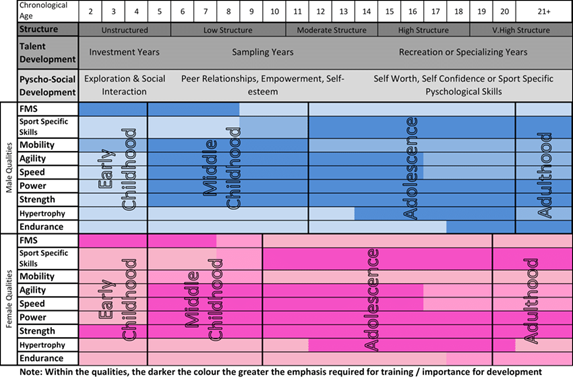
Young Adults- When adults take on the responsibilities of being an adult, such as family, financial and career success, and intellectual advancement (college, grad school, or post-graduate studies, their attention to their physical fitness can suffer. Looking through the lens of wellness helps to keep our lives in perspective. The Wellness Wheel is a great visual for us to use to see that the wheel does not always need to be full for us to thrive, but we do need to pay attention to one of the dimensions that seems to be taking a backseat to the others. This illustration shows us what that might look like:
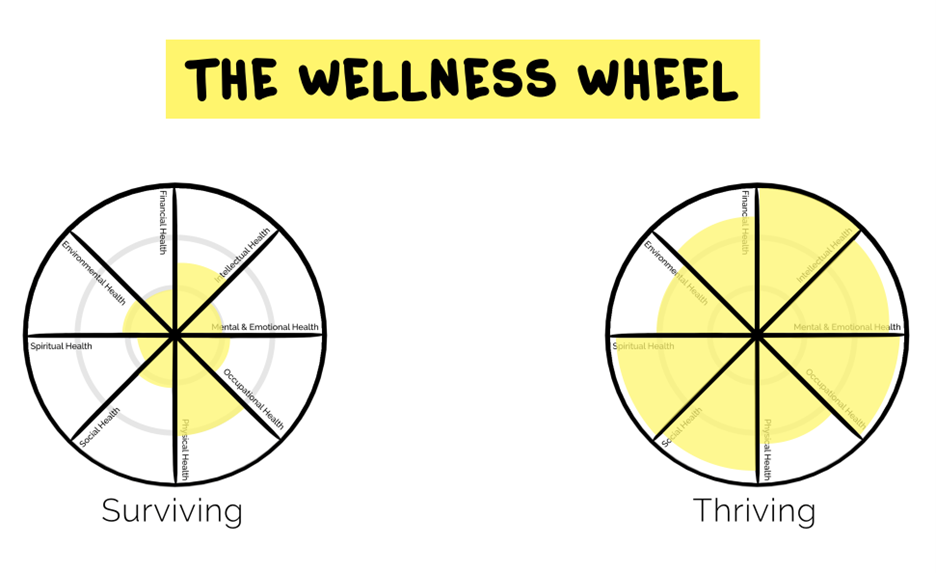
Older Adults- wow, what a great way to stay active, be social, get fresh air, increase mental health, and continue the lifelong journey of physical literacy. So much so, apparently, that pickleball attracts many participants over the age of 50, with an impressive 17% over the age of 65. The “double-edged sword”, though, is that while physical activity is encouraged for everybody, regardless of age, many pickleballers had been sedentary before picking up the game. This has led to recent statistics showing increased rates of injury to the Achilles, knees, shoulders, and elbows.
The same recommendations for beginning a new activity apply to all populations: start off gradually, build strength and stamina with a resistance training routine (bands, kettlebells, etc.), warm up properly before playing, and stay hydrated. Since pickleball involves quick decision-making, sudden changes of direction, and quick reactions to the ball, getting used to these movements and training them is helpful.
The humble beginnings of pickleball in 1965 as a solution to the boredom of a 15-year-old illustrate how perfect pickleball is for all generations. The creativity of the modified equipment combining elements of other sports to fit within the available space is what fun is all about! Pickleball truly exemplifies the LTAD framework and how all ages can embrace the sport to build on their physical literacy. The physical, mental, and social benefits are outstanding. The increased popularity of pickleball tells us it is here to stay.





